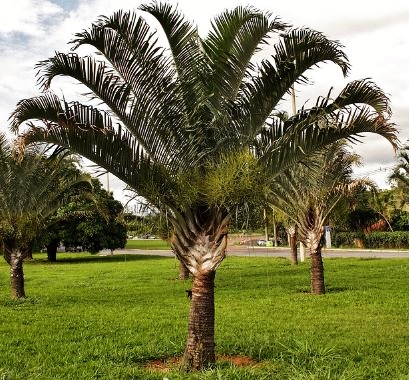Triangle Palm is a species of flowering plant which are 2.5 meters in length. Along with this, palm produces marble size, round and green fruits which turn into creamy texture after their maturity.
Suitable place for Triangle Palm:
Its recommend to place your triangle palm in an area where it can enjoy both sun and partial shade. Besides that always make sure that soil is well-drained.
Origin of Flower: It is native to Madagascar island.
Genus: Its genus is Dypsis.
Family: It belongs to the family of Arecaceae.
Plant Type: These flowers have Perennial.
Height: Its height is about 2 to 2.5m
Water required: Medium water is sufficient.
Maintenance: Little maintenance is needed.
Characteristics: Evergreen and showy.
Exposure: Full sun, moist soil.
Tolerance: Hard and drought soil.
Soil PH: Alkaline, Acidic, and Neutral.
Seasonal interest: Summer, winter, and spring.
Plant family: There are two types of plant Cycads and palms.
Climate zone: Its climate zones ranges 20, 21, 22, 23, 24, H2.
Spread: It spread from 3.6_4.5cm.
Soil Drainage: It needs good drainage.
Garden Uses: These are useful for Borders and Beds.
Tips to better grow this plant:
Following are some important tips that you must follow to protect your flower and these are given below:
- A sunny area or well drained is essential for this plant.
- Medium watering on daily basis is necessary.
- Fertilization plays also an important role.
- Cut off deadheads to regenerate these leaves.
Most Frequent Asked Questions:
1. What is the Scientific name of this plant?
The scientific name of this plant is Dypsisdecaryi.
2. Are these flowers can grow faster?
Yes, these flowers can grow fast reaching from 4_6 m tall and 3_5 m width. The Interesting is thing is that it can tolerate cold temperatures and continuous growth.
3. What is the botanical name of triangle Palm?
The botanical name of triangle Palm is Arecaceae.
4. Are these plants are poisonous?
No, these plants are not poisonous at all and you can use these flowers as houseplants and there is no need to keep away pests.
Alternative:
Canary Palm.

